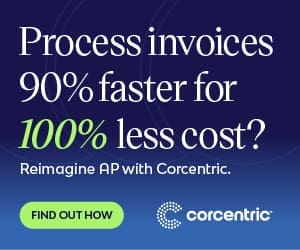Automating Accounts Payable Through Software: A Risk Analysis

E- Invoicing
In todays increasingly digital world, accounts payable automation software allows business the opportunity to streamline their financial processes while taking advantage of the security and technology available to them in the present. Automating the accounts payable process helps to reduce errors, save time, and reduce costs associated with manual processing. However, not taking advantage of this technology comes with its own inherent risks. This article will articulate the risks of choosing not to automate accounts payable by using software as tool for e-invoicing.
First and foremost, business that have yet to enact accounts payable automation risk operating inefficiently when it comes to their financial processes. Without the ability to store and track critical payment data such as vendor and invoice information, the task of maintaining timely and accurate audit trail of the financial records becomes much more challenging. This ultimately leaves organizations open to errors, which could drastically reduce their ability to be financially accountable to investors or shareholders, and may lead to potential litigation.
Another major risk associated with not using software in accounts payable relates directly to cost savings. Although implementing automated software may seem relatively expensive when compared with manual processes, the savings these programs generate in the long run are tremendous. The ability to save time processing invoices, receiving payments, and resolving disputes, leads to significantly decreased amount of money spent on labor costs. Additionally, without automated software, business lose the opportunity to take advantage of discounts that many vendors offer for payments made through electronic formats. Finally, automated software can analyze data from multiple sources to detect discrepancies and suggest solutions, allowing business to avoid shelling out millions of dollars when dealing with cases of fraud or incorrect billing.
Risk mitigation strategies can also be put into place as safeguard for when errors occur as result of not automating accounts payable processes. business can properly vet vendors, employ internal controls on the filing of payment requests, create standard operating procedures when dealing with tracking accounts payable, and bring in external auditors to review the companies accounts. All these strategies can help to alleviate the risks associated with not automating the accounts payable process, however they come at an added cost and may not necessarily generate the same level of efficiency as software packages.
In closing, not automating accounts payable processes with software can come with its own set of risks, including that of operating inefficiently, passing up on cost savings, and additional costs associated with risk mitigation strategies. While manual processes can get the job done and adhere to established guidelines, relying solely on the human factor to process payments and effectively track records can place business at certain disadvantage. Ultimately, using accounts payable automation software to maximize efficiency and reduce errors is sound way to ensure the financial security of any business.

